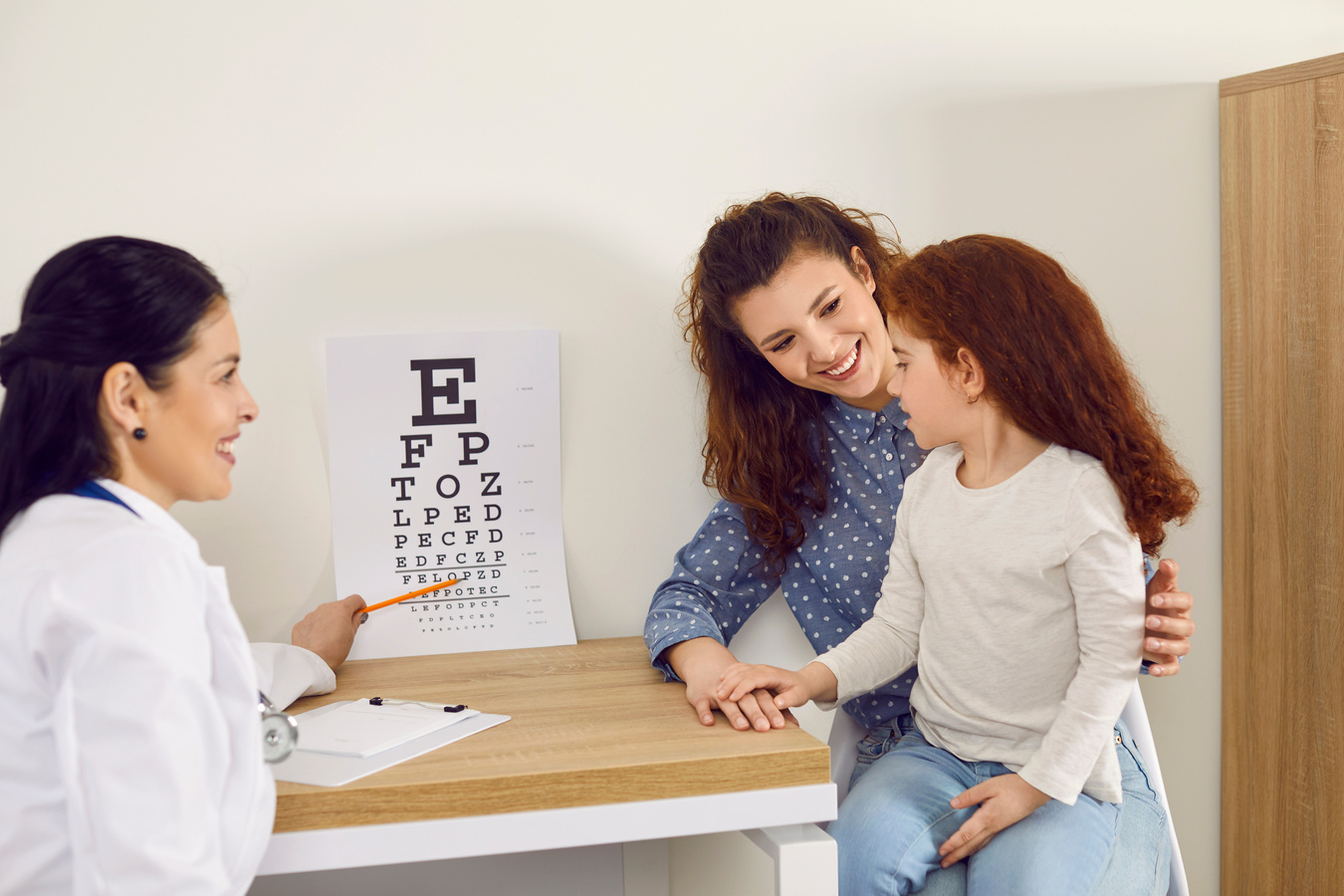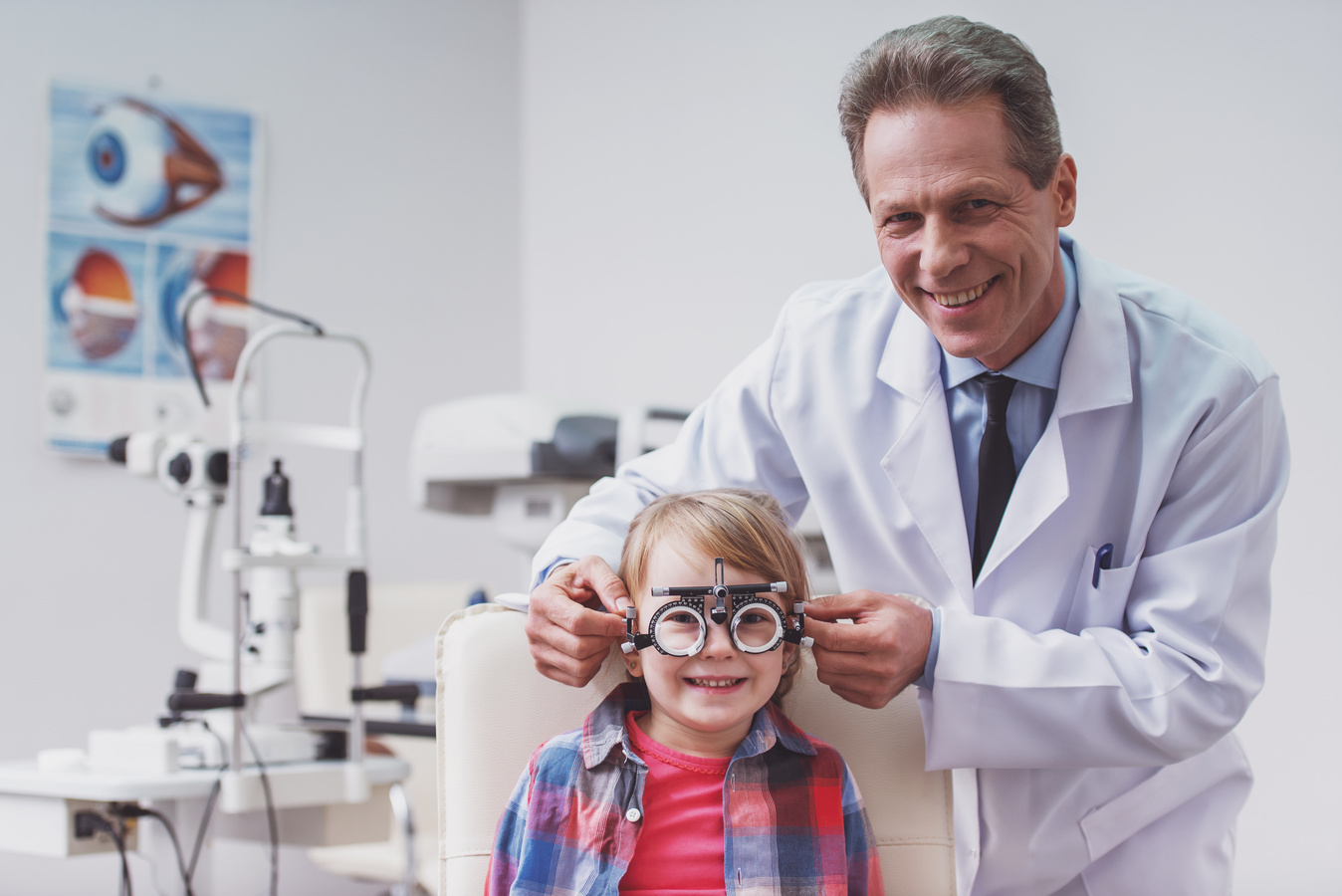
Nurturing Vision: The Importance of Pediatric Eye Exams
3 The eyes are the windows to the world, especially for children who are exploring and learning about their surroundings. Ensuring the optimal development of their visual system is crucial for their overall well-being and academic success. Pediatric eye exams play a pivotal role in identifying and addressing potential vision problems early on, setting the foundation for a lifetime of healthy vision.
The Need for Early Detection
Children may not always express or recognize visual issues, making it challenging for parents to identify potential problems. Early detection is key, as undiagnosed vision problems can hinder a child’s academic performance, social interactions, and overall development. Pediatric eye exams are designed to catch these issues in their infancy, enabling timely intervention.
Early detection of pediatric eye conditions is crucial for several reasons. Here are some key points highlighting the importance of early detection in pediatric eye exams:
- Developmental Milestones
Vision plays a critical role in a child’s overall development, including cognitive, motor, and social skills. Early detection of vision problems ensures that children reach their developmental milestones, such as crawling, walking, and reading, without hindrance.
- Preventing Amblyopia (Lazy Eye)
Amblyopia occurs when there is a lack of visual stimulation to the brain during the critical period of visual development. Early detection and intervention, such as through corrective lenses or eye patches, can prevent and treat amblyopia effectively.
- Identifying Refractive Errors
Common refractive errors, such as nearsightedness, farsightedness, and astigmatism, can affect a child’s ability to see clearly. Correcting these issues early on can prevent potential complications and ensure optimal visual acuity.
- Eye Health and Disease Prevention
Early detection of eye conditions, such as strabismus (crossed eyes) and congenital cataracts, can prevent long-term visual impairment. Regular eye exams in childhood also help identify conditions like glaucoma and retinal disorders that may not present with noticeable symptoms.
- Improved Quality of Life
Timely detection and treatment of pediatric eye issues contribute to a better quality of life for the child, reducing the impact of visual impairments on daily activities and social interactions.
- Parental Awareness and Education
Pediatric eye exams provide an opportunity for parents to become aware of their child’s visual health and receive guidance on promoting eye health at home. Education about the importance of eye care and early detection can lead to proactive measures for maintaining good vision.
- Eye Strain and Digital Device Use
With increased use of digital devices, children may experience eye strain and fatigue, leading to discomfort and potential vision issues. Regular eye exams help address these concerns and provide recommendations for managing screen time and maintaining eye health.
In summary, early detection of pediatric eye conditions is essential for ensuring proper development, academic success, and overall well-being. Regular eye exams for children help identify and address potential issues early, providing the best opportunity for effective intervention and treatment.
Understanding the Pediatric Eye Exam Process
Pediatric eye exams differ from adult eye exams in various aspects, taking into account the unique visual needs and challenges faced by children. Here’s an overview of what parents can expect during their child’s eye examination:
- Comprehensive History and Symptoms Assessment
– The optometrist will begin by discussing the child’s medical and family history, including any history of eye problems, allergies, or other relevant information.
– Parents will be asked about any observable symptoms, such as squinting, rubbing the eyes, headaches, or difficulty concentrating.
- Visual Acuity Testing
– The classic eye chart is used to measure visual acuity. However, for younger children who may not know their letters, the optometrist may use pictures, shapes, or a “tumbling E” chart to assess vision.
- Refraction Assessment
– This part of the exam determines if the child needs glasses. The optometrist uses a phoropter, allowing them to adjust lenses and find the prescription that provides the clearest vision.
- Eye Alignment and Movement Evaluation
– The optometrist assesses how well the eyes work together, ensuring proper alignment and smooth movement. Any issues with eye teaming or tracking can be indicative of underlying problems.
- Binocular Vision and Depth Perception Testing
– Assessing how well the eyes work together in depth perception is crucial, especially for activities like reading or sports that require accurate judgment of distances.
- Color Vision Testing
– Color vision deficiencies can affect a child’s ability to learn and interact with their environment. Specific tests are employed to identify any color vision issues.
- Eye Health Examination
– The optometrist examines the overall health of the eyes, checking for conditions like conjunctivitis, allergies, or any signs of more serious eye diseases.
The Benefits of Regular Pediatric Eye Exams
Regular pediatric eye exams are essential for maintaining and promoting the overall health and well-being of children. Here are several benefits associated with these examinations:
- Early Detection of Vision Issues
Pediatric eye exams can detect vision problems early on, allowing for timely intervention and treatment. Early detection is crucial for addressing issues such as amblyopia (lazy eye), strabismus (crossed or misaligned eyes), and refractive errors like nearsightedness, farsightedness, and astigmatism.
- Academic Success
Good vision is essential for academic success. Children with undetected vision problems may struggle with reading, writing, and overall academic performance. Regular eye exams can help identify and address these issues, improving a child’s ability to learn and participate in school activities.
- Eye Health Monitoring
Pediatric eye exams are not only about vision correction but also about monitoring the overall health of the eyes. These exams can identify conditions such as allergies, infections, or inflammation, allowing for prompt treatment to prevent further complications.
- Prevention of Eye Strain and Discomfort
Extended periods of screen time and close-up activities can contribute to eye strain, discomfort, and fatigue. Regular eye exams can help ensure that a child’s eyes are properly aligned and functioning optimally, reducing the risk of discomfort associated with prolonged use of digital devices or reading.
- Prevention of Headaches and Fatigue
Children with uncorrected vision problems may experience headaches, eye strain, and fatigue. Regular eye exams can identify these issues and lead to the prescription of corrective lenses if necessary, alleviating discomfort and improving overall well-being.
- Enhancement of Sports Performance
Good vision is crucial for success in sports and physical activities. Pediatric eye exams can ensure that a child has the visual acuity, depth perception, and eye-hand coordination needed for optimal performance and safety in sports.
- Increased Confidence and Social Skills
Clear and comfortable vision contributes to a child’s overall confidence and social skills. Addressing vision problems early can prevent issues like self-consciousness, allowing children to engage more confidently in social and recreational activities.
- Customized Care and Education
Each child is unique, and their eye care needs may vary. Regular pediatric eye exams provide an opportunity for personalized care and education tailored to the individual child and their specific visual requirements.
Regular pediatric eye exams are essential for detecting and addressing vision issues early, promoting overall eye health, and supporting a child’s academic, social, and physical development. Parents and caregivers should prioritize scheduling routine eye exams for their children as part of their overall healthcare routine.
Conclusion
According to The Eye Health Group, prioritizing pediatric eye exams is an investment in a child’s future. Regular assessments not only ensure the early detection of potential issues but also contribute to overall health, academic success, and emotional well-being. As parents, guardians, and educators, it is our responsibility to prioritize and advocate for the visual health of the younger generation, nurturing their vision for a brighter future.


